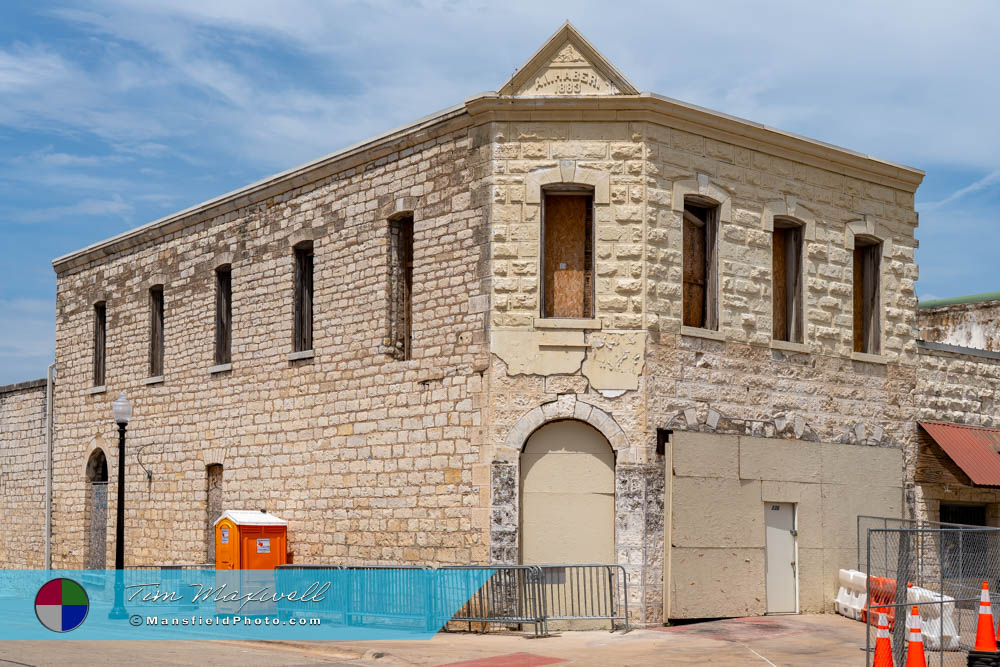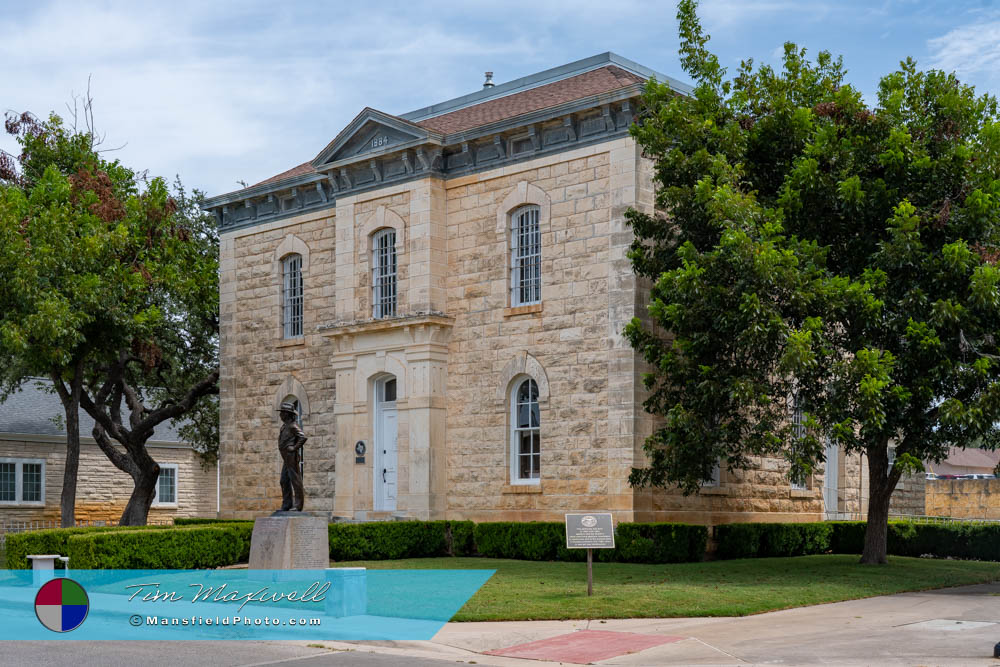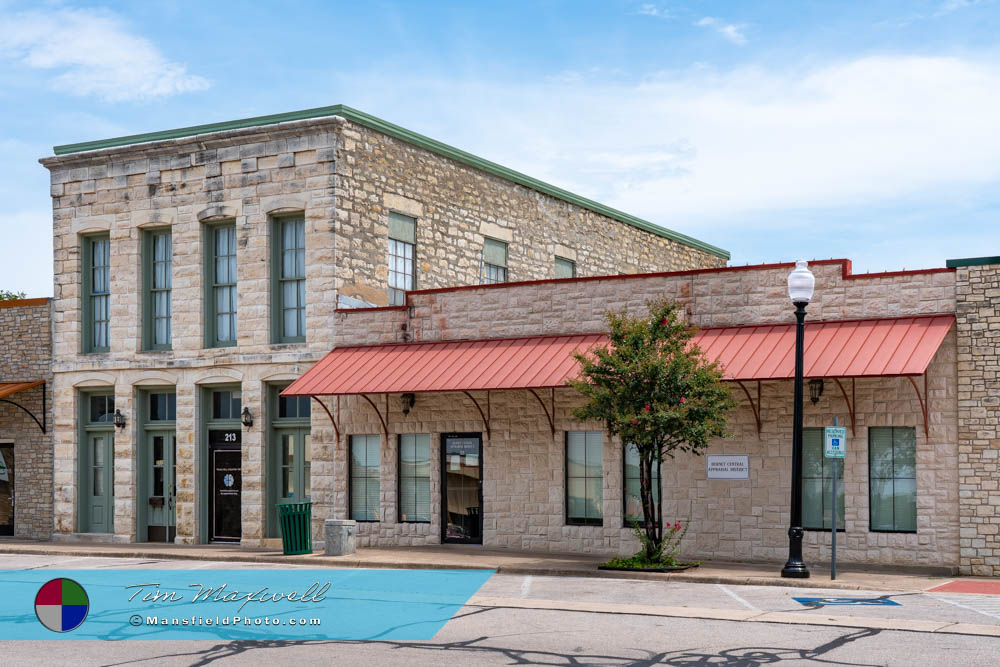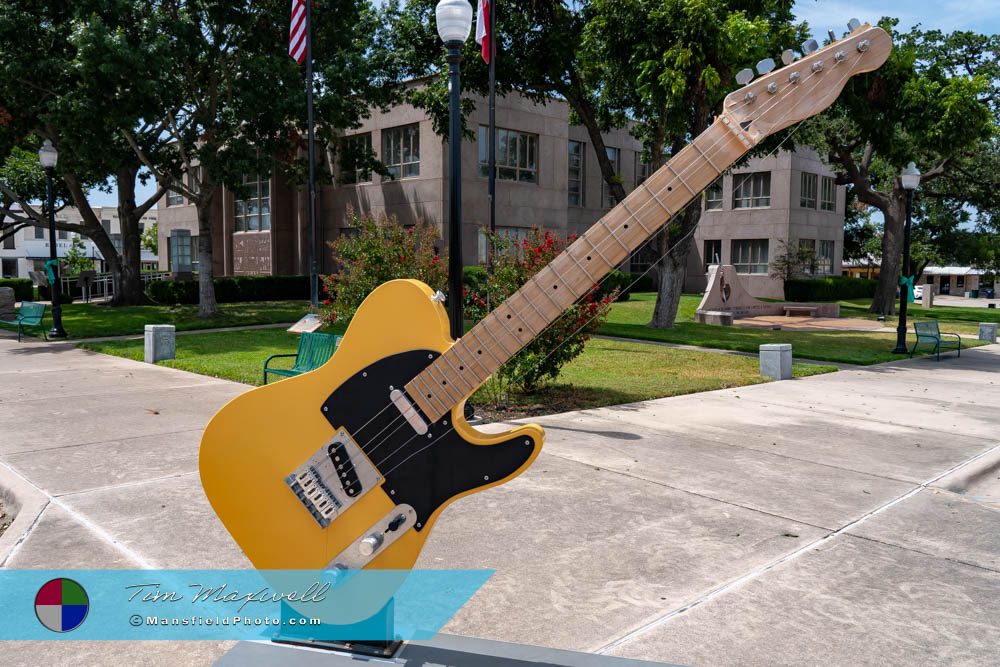Burnet, Texas, is a town where history feels alive, and that history begins with soldiers, settlers, and a frontier fort. Today, the community is known for its well-preserved downtown, anchored by a beautiful county courthouse that still commands the center of town. But the story stretches back to the late 1840s, when the area was little more than wilderness and danger lurked beyond the frontier.
The Beginnings of a Frontier Town
Shortly after Texas joined the United States, a company of Texas Rangers under Henry E. McCulloch established a camp about three miles south of what is now downtown. Their task was to protect incoming settlers from Native American raids. This small outpost laid the groundwork for permanent settlement.
By December of 1848, the Rangers were relieved by United States Dragoons, and the following year, Fort Croghan was established on March 18, 1849. With a military presence in the area, civilians soon followed. Families and notable pioneers such as Noah Smithwick, Logan Vandeveer, and Peter Kerr began building homes, trading posts, and farms. The sense of security provided by the fort encouraged the population to grow, setting the foundation for a new county.
The Formation of Burnet County
By the early 1850s, the number of settlers was significant enough to petition the state for official organization.
On February 5, 1852, Burnet County was created from parts of Travis, Williamson, and Bell counties. It was officially organized that August. The county and town were both named for David G. Burnet, who had served as president of the provisional government of the Republic of Texas in 1836.
The early settlers were determined to establish a permanent community despite hardships, conflicts, and the scars of war. They built schools, churches, and businesses, setting the stage for a growing county seat that would eventually become known for its granite quarries and its beautiful natural surroundings.
The Courthouse and Downtown
One of the defining features of Burnet is its historic downtown square, dominated by the striking county courthouse. Surrounded by historic storefronts, the square has remained a central gathering place for over a century. The courthouse, both functional and symbolic, represents the community’s endurance through the years.
Burnet also boasts one of Texas’s oldest functioning county jails. Built in 1884 out of hand-hewn rock, the jail originally included an apartment for the sheriff, who also served as jailer. The second floor once housed the county library, making the building a multipurpose cornerstone of civic life. While the jail ceased holding prisoners in 1982, it remains in use for county functions today.
Life Through Conflict and Change
Like much of the country, the town and county felt the heavy impact of the Civil War. Local resources supported the Confederate cause, and the nearby Longhorn Caverns were even used to store gunpowder during the conflict. After the war, returning settlers took up farming once more, replanting fields and rebuilding communities.
The area’s history also includes colorful characters and dramatic episodes. In the 1870s, the Sam Bass gang and other outlaws sometimes took shelter in the cavern system outside town. Earlier still, Rangers had used those same caves as staging grounds, and in one notable story, a kidnapped girl was rescued there.
Longhorn Caverns: A Nearby Landmark
Just a short drive away lies Longhorn Caverns, a natural wonder full of both geology and folklore. Formed just a few million years ago, the caverns contain bones of prehistoric animals such as elephant, bison, and bear.
Native Americans knew of the caves long before settlers, and in the 20th century, the caverns transformed from outlaw hideout to social venue when a nightclub was briefly operated inside during the 1920s. By 1932, they were opened to the public as a tourist attraction, and they remain one of the region’s most unique destinations.
Present-Day Burnet
Today, Burnet blends its frontier roots with modern small-town charm. The courthouse square is vibrant, filled with local shops, eateries, and events that draw visitors from across the Hill Country. The community honors its past while embracing progress, with historical markers, preserved buildings, and annual festivals highlighting its unique heritage.
Visitors come not only to see the courthouse and explore the downtown square but also to experience the natural beauty of the surrounding granite hills, lakes, and caverns. It is a town where the past remains visible, not locked away in books but written into the landscape and architecture.
Interesting Facts About Burnet
- The county jail built in 1884 is still in use, though no longer as a detention facility.
- David G. Burnet, for whom both the county and city are named, played a crucial role in Texas independence as the provisional president in 1836.
- Longhorn Caverns has served as a natural fortress, a Civil War storage site, a criminal hideout, and even a 1920s nightclub.
- Some of the earliest settlers, including Samuel L. Holland, Logan Vandeveer, and Noah Smithwick, helped establish the first schools, churches, and businesses in the area.
- The courthouse square remains one of the best-preserved in Central Texas, making it a favorite destination for photographers and history enthusiasts alike.
Conclusion
Burnet, Texas, tells the story of how a frontier settlement grew into a county seat that still values its history. From the days of Fort Croghan and the protection of the Texas Rangers to the thriving downtown square of today, the town reflects the perseverance and vision of its early settlers. With its courthouse, historic jail, and nearby natural landmarks, it continues to be a place where history is not only remembered but experienced.
📸 Interested in More Photos of This Town?









